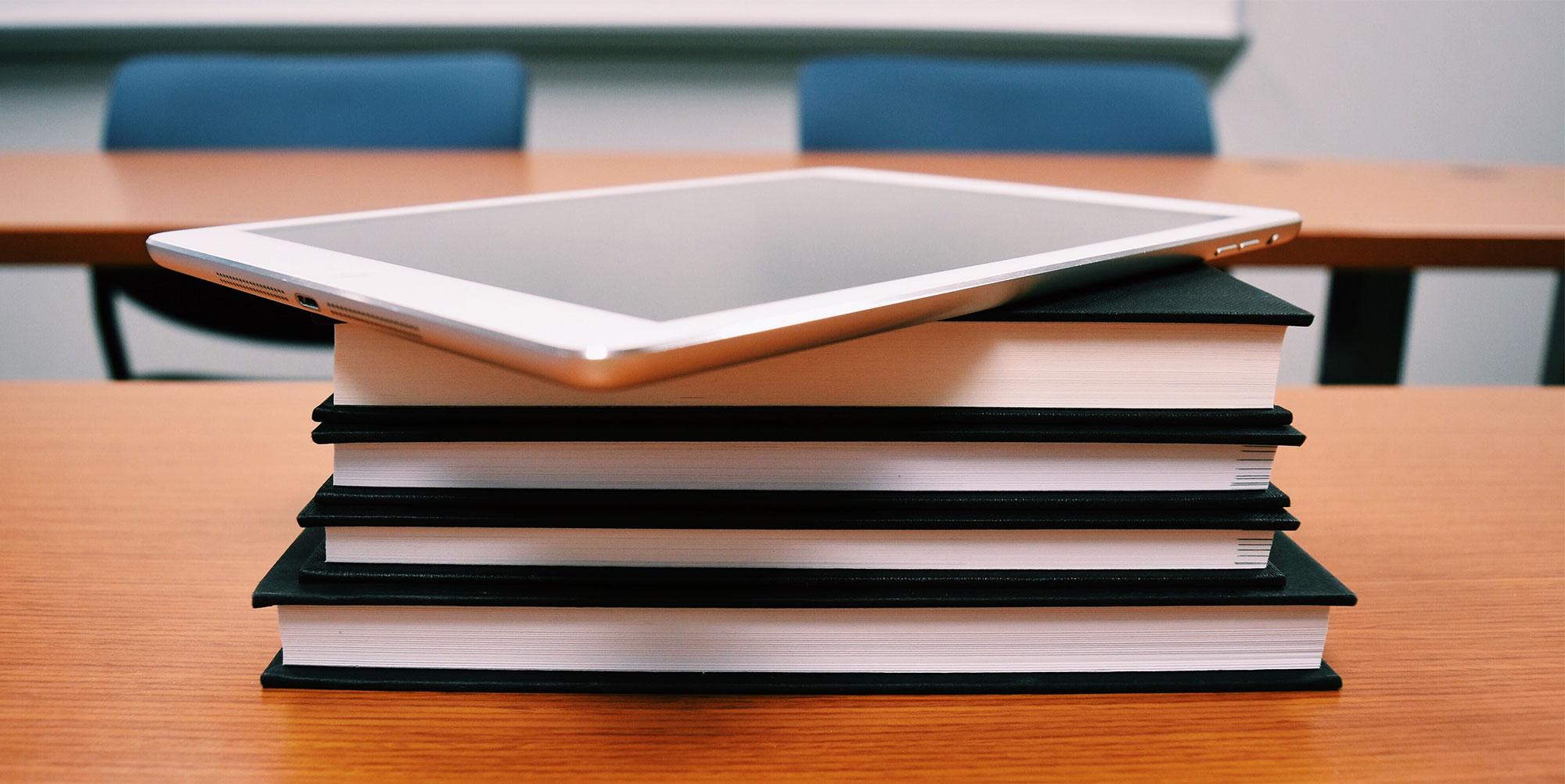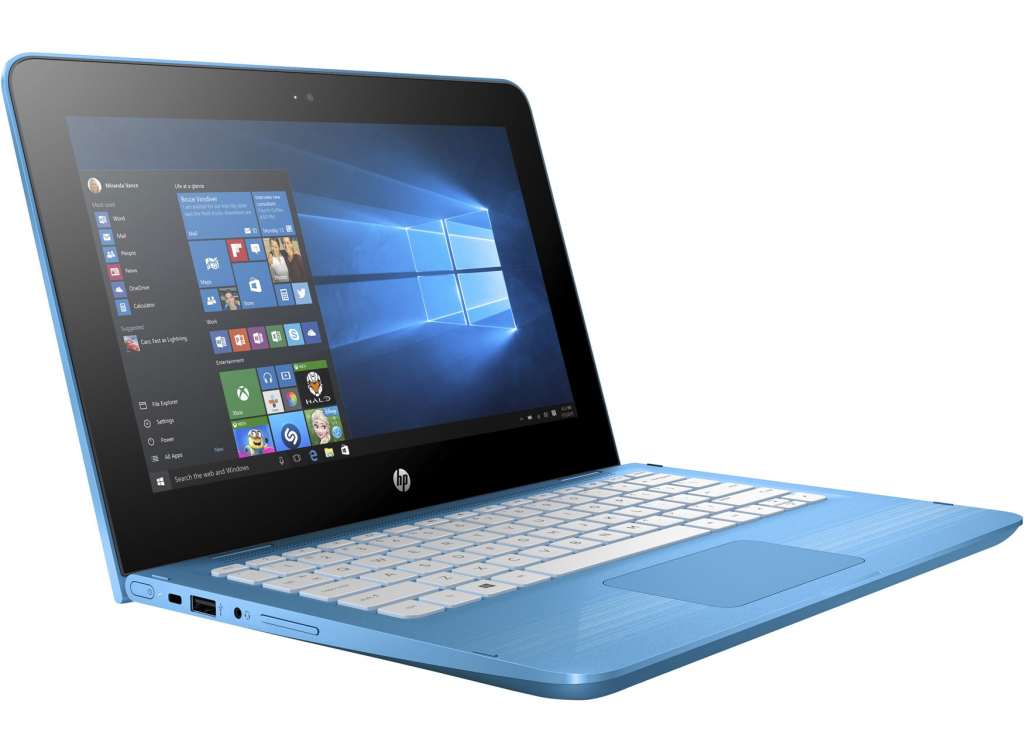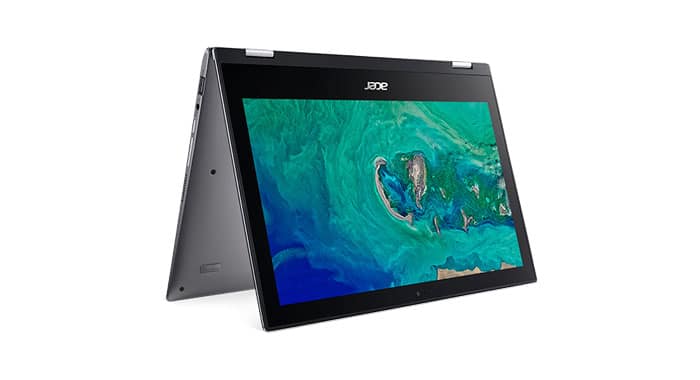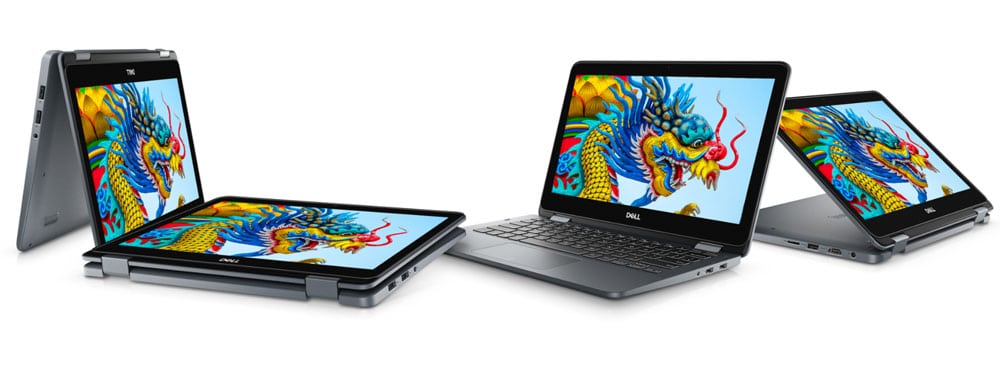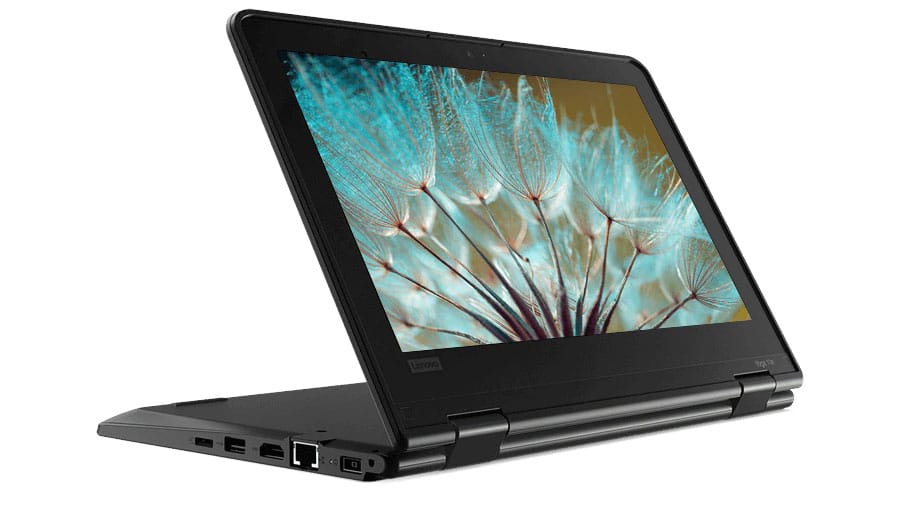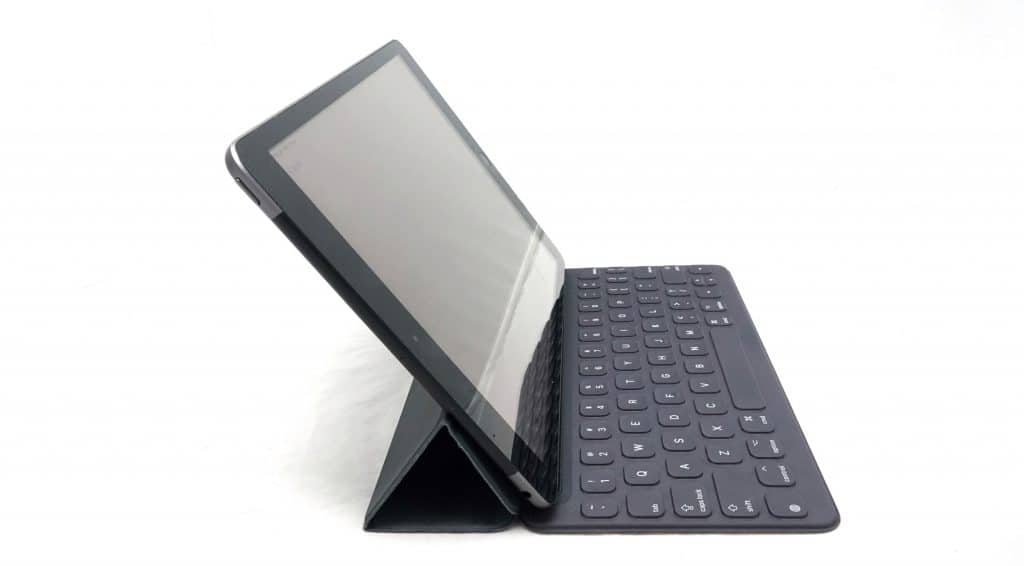If your little ones need a laptop for school, the good news is you may not have to spend much in K-6.
Back to school season is upon us, and while students in high school clearly need a laptop for their work, younger kids may also need to embrace the portable computer experience already.
It might seem strange, but kids having laptops is a thing of the now, and while a pen and paper pad were what many of us carried on the day to day, in 2020, you can expect schools to request a device of some kind.
The problem is then working out what you need. With tablets and laptops aplenty lining the shelves of your local electronics store, what do you get for kids in primary school?
From kindergarten through to year six, the options are varied, but it always should start in one obvious place: the school.
Check with the school
While the laptop needs of high school students can be incredibly varied, the requirements of a younger student tend to be a little more modest.
From kindergarten up until the kids move onto high school, the main requirement is that a laptop or tablet works for writing, for internet browsing, for offices productivity and emails and such. That’s more or less anything, but some schools will have very specific requirements depending on the apps and programs they use, so the best starting point for parents buying for primary school students is that: the primary school they’re going to.
Much like in high school, primary schools should have either a recommendation list or a BYOD policy. The latter of these is most helpful, and you can typically ask a school for it by name, calling up or emailing for the “BYOD”, a term that means “Bring Your Own Device”. Policies like these should list the requirements of what’s expected, and allow you to match those needs with what you’re buying this year.
The good news, however, is that something bought this year should also be useful for next year, and possibly the year or two after it. While owning a laptop can teach kids to treat their hardware properly, it’s unlikely that the apps used by primary schools will exceed the performance on offer by computers built for kids this young.
However there are still some points to consider.
Find out from your school whether your kids need a computer or an iPad
We all know what an iPad is, and we all should know what a computer is. But while the two share a lot in common, typically an iPad isn’t the same as a computer, at least in the sense focused on y schools.
An iPad paired with a Smart Keyboard Cover is a great typing option, and a laptop is typically good at that, too. They can both be using for office productivity and web surfing, but they won’t generally run each other’s apps.
That’s a problem if your school relies on one thing over another, because it means your child might not fit in with the school’s curriculum or structure.
If a school requires an iPad over a laptop, it’s likely because the apps they’re having students install are apps for iOS, not for a computer. Otherwise, if they recommend a laptop in either Windows or macOS, the school may expect apps for Windows and Mac to be installed, which are not compatible with an iPad.
Ask this question early, and it’ll help make the decision for you.
Ask your school what software is provided
Before you buy a laptop, also take the time to find out from your school what software, if any, is provided.
Depending on the school, you may find it has agreements with software companies to provide licenses your kids can use. This might mean Microsoft Office is provided, or even a copy of Adobe Photoshop.
It could also mean internet security is taken care of, so if you at least ask, it could end up saving you a bit of money in the process, which is money that could be used to spend on a different laptop, or even just some lunch money later on.
Consider the size of a laptop with the size of your child
Even though you can find some small laptops, notebook computers are typically not that small, at least in the grand scheme of things.
Laptop and tablet sizes tend to range between 10 to 11 inches for small, 12 to 14 for mid-sized, and 15 to 18 inches for large notebooks. In primary school options, we’d keep it to a maximum of 14, as anything over gets a little heavy. For kids, the optimal size will be between 11 and 13 inches, so stick to this as much as possible.
Laptop and tablet specs options for primary school
Because kids in primary school aren’t typically thinking about being the next 3D game maker or animator, the computer needs and requirements for a younger student can be dramatically different from one that’s older.
While high school students will need at least 8GB RAM and 256GB storage, younger students will likely just need something for productivity and web, which means memory and storage requirements can be lowered.
As mentioned previously, the BYOD policy could give you an idea on the minimum specs, but we’d suggest 4GB RAM to be a minimum, with 64GB storage a starting point for early laptops. Those specs aren’t tremendously strong, but for a younger generation, will help keep the cost down while still providing a portable computing experience, such as in the following.
HP Stream 11.6
Price: $295
Long considered the laptop for kids, the HP Stream 11 was one of the first computers to shrink down all the parts a primary school student would need in a computer in a kid-friendly package.
There’s the 4GB RAM we mentioned as a minimum and 64GB storage, plus an 11 inch HD panel, and in the most recent model, USB-C ports and a standard USB port or two, making it a solid starting point for kids and laptops.
Acer Spin 1
Price: $399
At a hundred bucks more, the Acer Spin 1 is basically the HP Stream with a 360 degree hinge, turning it into a tablet and laptop that runs Windows.
If you want a double purpose laptop for the little ones, this is a starting point.
Dell Inspiron 11 3000 2-in-1
Price: $599
A little bit more in price, the Dell Inspiron 11 3000 2-in-1 is an 11 inch laptop with a hinge that also turns it into a tablet, albeit one that runs windows.
The $600 model gets 128GB storage, which will mean it has some degree of future proofing for storage in the future.
Lenovo ThinkPad Yoga 11e
Price: $929
The most expensive kid-friendly computer on the list, the Lenovo Yoga 11e is made for education because it’s drop resistant, something almost no other laptop actually is.
Built as a budget laptop that can be used as a tablet, the Yoga 11e sports an 11 inch screen and 128GB storage, with rubber bumpers on the corners to protect against damage and a Gorilla Glass protected screen. It’s basically a more durable approach to laptops for education.
The iPad alternative
Alternatively, there’s Apple’s iPad, and if you need this for your primary school student, you have a few options. There’s the expensive iPad Pro and the pint-sized iPad Mini, but your solid bet would be the Apple iPad 10.2 in 128GB with the Smart Keyboard Cover.
Apple iPad 10.2 128GB
Price: $689 + $235 Smart Keyboard Cover
Apple’s least expensive of all its iPads received an update recently to add support for the keyboard cover, effectively making it an iPad that could do the job of a laptop, too.
While the apps are different from what you get on Windows and Mac, it’s basically the best of both worlds, and a great lightweight option if the school your child is going to accepts an iPad as the laptop they use.
Read our review of the Apple iPad 10.2…
How long will primary school laptops last?
A fair question is one based on time, and just how long laptops in this list should last.
The thing about laptop ownership is that it varies wildly, and if you look after a laptop, it can keep going for three to six years. Pushing laptop life to the back end of that period will mean maintenance and backups, and possibly clearing it out at the end of each year.
Protection is also a must have, so if you’re hoping to get the most amount of time from a laptop, you may want to grab a laptop sleeve or case to store it in, and teach your children about the importance of treating things with respect.
With that in mind, it’s entirely possible to get a laptop lasting throughout much of your little student’s time at school, which will help stretch the value of that purchase the distance before needing to spend on something new when they’re al title older.


